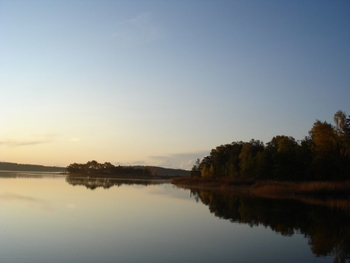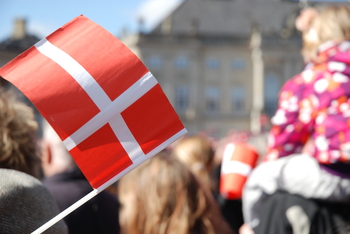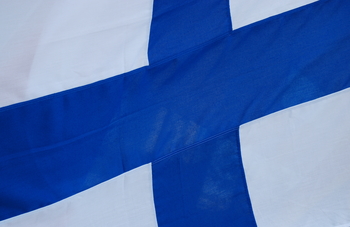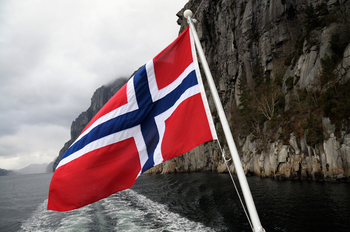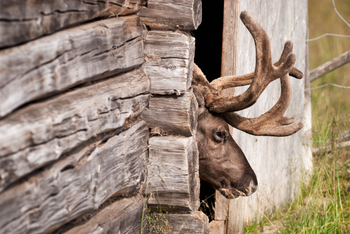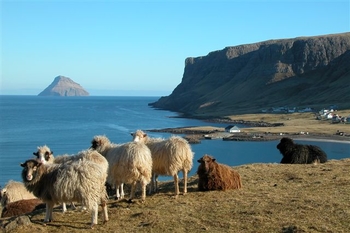Facts about Iceland

Iceland is famous for its volcanoes warm springs and dramatic scenery.
Iceland is a republic, located on an island just south of the Arctic Circle. Iceland doesn’t share any borders with other countries, and its nearest neighbours are Greenland, Norway and the United Kingdom.
Politics in Iceland
Iceland is a republic with a directly elected president. The president formally nominates the prime minister. The Althing (Alþingi) is the parliament and highest authority in Iceland.
Although Iceland is not an EU member, it is a signatory to the EEA Agreement, so is part of the European Economic Area. Iceland is a member of NATO.
- National day: 17 June (Independence Day, 17 June 1944)
- Form of government: Republic
- Parliament: Althing (Alþingi) (63 seats)
- Member of the EU: No
- Member of the EEA: Since 1 January 1994
- Member of NATO: Since 4 April 1949
- Head of state: President Guðni Th. Jóhannesson.
- Head of government: Prime Minister Katrín Jakobsdóttir
Population
More than half of the population of 390,000 live in and around the capital, Reykjavík.
- Population in 2023: 387,758
- Population of the capital in 2021: 236,528 inhabitants in Reykjavík (local authority)
Population trend
Economy
Fish and fishery products are still the country’s main source of income, followed by aluminium and ferrosilicon exports. In recent years, growth has been recorded in sectors such as biotechnology, software and tourism.
- GDP per capita: € 37,100 (2020)
- Currency: Icelandic krona (ISK)
Geography
Iceland is two and a half times the size of Denmark, but only a little over 1% of the land is fit for growing crops. Most of the landscape consists of big lava fields and glaciers.
- Total area: 103,492 km²
- Lakes and rivers: 2,656 km²
- Ice-free area: 92,692 km²
- Arable land and gardens: 1,290 km²
- Forests: 1,907 km²
- Largest lake: Þingvallavatn 82 km²
- Coastline: 6,088 km
- Highest point: Hvannadalshnúkur 2,110 m
Climate and environment
Iceland has a coastal climate which balances between cold polar currents and the warm Gulf Stream. The summers are cool and the winters are mild. The average temperature in Reykjavík is +0.4°C in January and 12.5°C in July. The average for the whole year is 5.5°C. The northern coast and most inland areas have a tundra climate.
- Ice caps and glaciers: 10,500 km²
- Average temperature in Reykjavík (2021): 5.4°C (max. 20.9°C, min. -9.8°C)
- Precipitation in Reykjavik (2007): 890 mm
Average temperature in Reykjavik
Degrees Celsius
Icelandic
Icelandic (íslenska) is a West Nordic language spoken by approximately 300,000 people, mainly in Iceland, where it’s been the official language since 2011. Icelandic has much in common with Norse, which was also spoken in Norway until around the 13th century. Modern Icelandic is characterised by a conservative language policy with an emphasis on language proficiency and the creation of new words.
- Official website: www.iceland.is
- Official language: Icelandic
Are you interested in moving to Iceland?
If you are interested in moving to Iceland, contact Info Norden, the Nordic Council of Ministers’ information service.
Do you want to know more about Iceland and the other Nordic countries?
The report State of the Nordic Region is published every two years and provides a comprehensive and unique insight into the Nordic countries. It’s based on statistical data on demographics, the labour market, education and the economy in the Nordic Region.
Interested in more statistics?
We have collated relevant Nordic data and statistics in the Nordic Statistics database. The database covers multiple areas and all of the Nordic countries.
__________________________________________________________________________________________
1) Reykjavik, Kópavogur, Seltjarnarnes, Garðabær, Hafnarfjörður, Mosfellsbær, Kjósarhreppur and Álftanes
